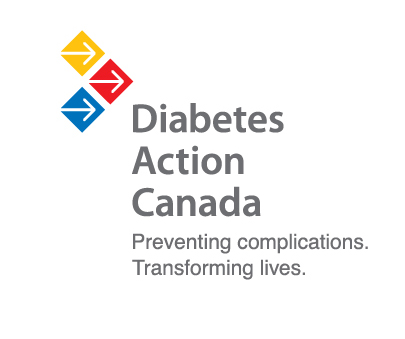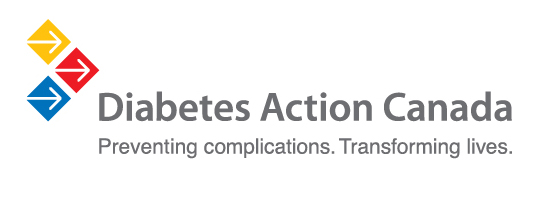

TORONTO, January 28, 2020 – For diabetes researchers across Canada, data from patients is a critical tool in determining what projects will truly make a difference for people living with the disease. Understanding how many people have diabetes, what type of diabetes they live with, and the number and types of complications they are experiencing enables health service researchers to design, implement and evaluate projects with real impact. The more detailed information available, the easier it is to hone in on specific health challenges that matter most to patients.
This is one of the core reasons Diabetes Action Canada developed the National Diabetes Repository (NDR). The NDR is a tool that researchers can use to better analyze information about people living with diabetes across Canada to improve health outcomes and prevent complications.
“Currently, we have valuable information available from across five provinces,” says Conrad Pow, a senior project manager for Diabetes Action Canada who oversees the NDR. “Our goal is to have researchers use this comprehensive information to better showcase the actual health issues that are being experienced by Canadians so that policy makers and governments can invest wisely in programs and research that will truly make a difference. We also want to identify the risk population that is in need of a preventative intervention to avoid the devastating complications associated with diabetes such as blindness, kidney failure and lower limb amputation.”
For example, using the NDR, an approved researcher could see that a woman with type 1 diabetes was diagnosed with kidney disease at age 54, then scan the database to find out how frequently women in their 50s with type 1 diabetes are diagnosed with this complication. They can also see the type of medication these women are on to prevent kidney disease and whether there are any other contributing factors, e.g., high blood pressure. This type of data can be extremely helpful to establishing better clinical practice and for advocating for re-direction of health care resources if a trend is identified.
All the information collected in the NDR is de-identified, which means there is nothing in the database, such as names, birth dates or health card numbers, that could potentially identify the patient. Approved researchers can access the information in a secure analytic environment that has been designed not only to meet, but to exceed the standards outlined in privacy legislation.
One unique feature of this project is that oversight of the use of the repository’s data is done through dedicated Patient Partners working alongside researchers, healthcare providers and experts in privacy and law. It is still uncommon for a research organization to incorporate patients into the governance of a project like this and, as highlighted in a recent article from Diabetes Action Canada in the April 2019 edition of the British Medical Journal, this collaborative approach has been extremely successful.
Pow believes the decision to have patients play an active role in this research program has paid enormous dividends. “Patients should be at the centre of all research and they should have a seat at the table when decisions are being made about what research projects have access to their data—even when that data is anonymous,” he says. “Patient partners have the ability to sit with researchers and discuss the value of the work. For example, if a researcher wants to look at the impact of insulin pumps and whether or not this treatment has led to reduced hospitalizations, a patient who is advocating for improved coverage for pumps in their province can see the potential impact of the research findings.”
The NDR is also showing great potential as a tool for those working with artificial intelligence (AI). “There has been growing interest in the ability for AI researchers and mathematic modellers to create risk calculators or predictive models by running advanced analytics on the data in the repository,” says Pow. Diabetes Action Canada co-hosted an AI workshop with the Fields Institute for Research in Mathematical Sciences in Toronto in the spring of 2019 that enabled that research community to see how the NDR could add value to their work. “We are moving towards a future where we can predict someone’s individual risk of developing a complication, which would be truly a game changer,” says Pow.
Access to the NDR is now open to researchers whose projects are approved by the Diabetes Action Canada committee overseeing this work.
Are you a researcher interested in using the National Diabetes Repository? Learn more and request access on the Diabetes Action Canada website.
For more information, contact:
Krista Lamb
Communications Director
kristalamb@gmail.com
647-403-5627
About Diabetes Action Canada
Diabetes Action Canada is a pan-Canadian research organization, launched in 2016, funded by the Canadian Institutes of Health Research’s Strategic Patient-Oriented Research program, non-profit organizations (e.g. Diabetes Canada, JDRF), and private sponsors, over 5 years. We focus on bringing patients, their caregivers and researchers together to identify the health concerns of those living with diabetes and to co-create research projects that address these concerns. We partner and collaborate with university research teams across Canada, non-profit organizations such as JDRF, and provincial governments to plan, execute and evaluate these research projects so we can improve patient outcomes and experiences.
